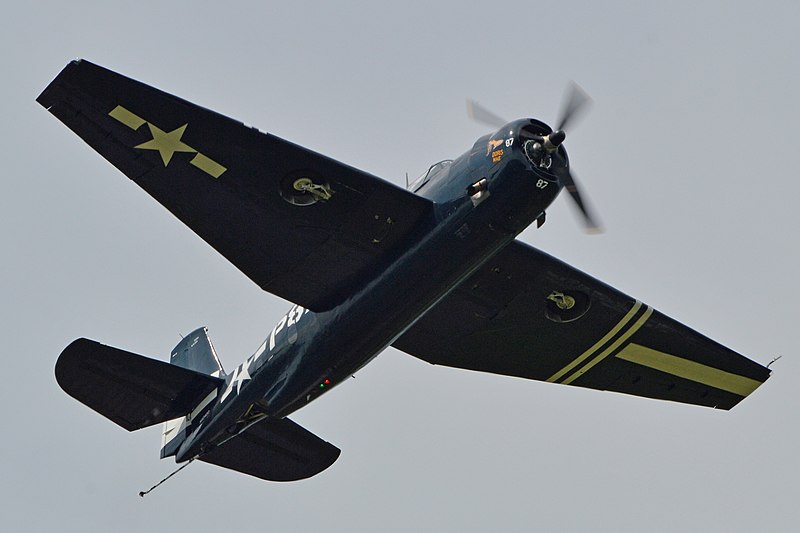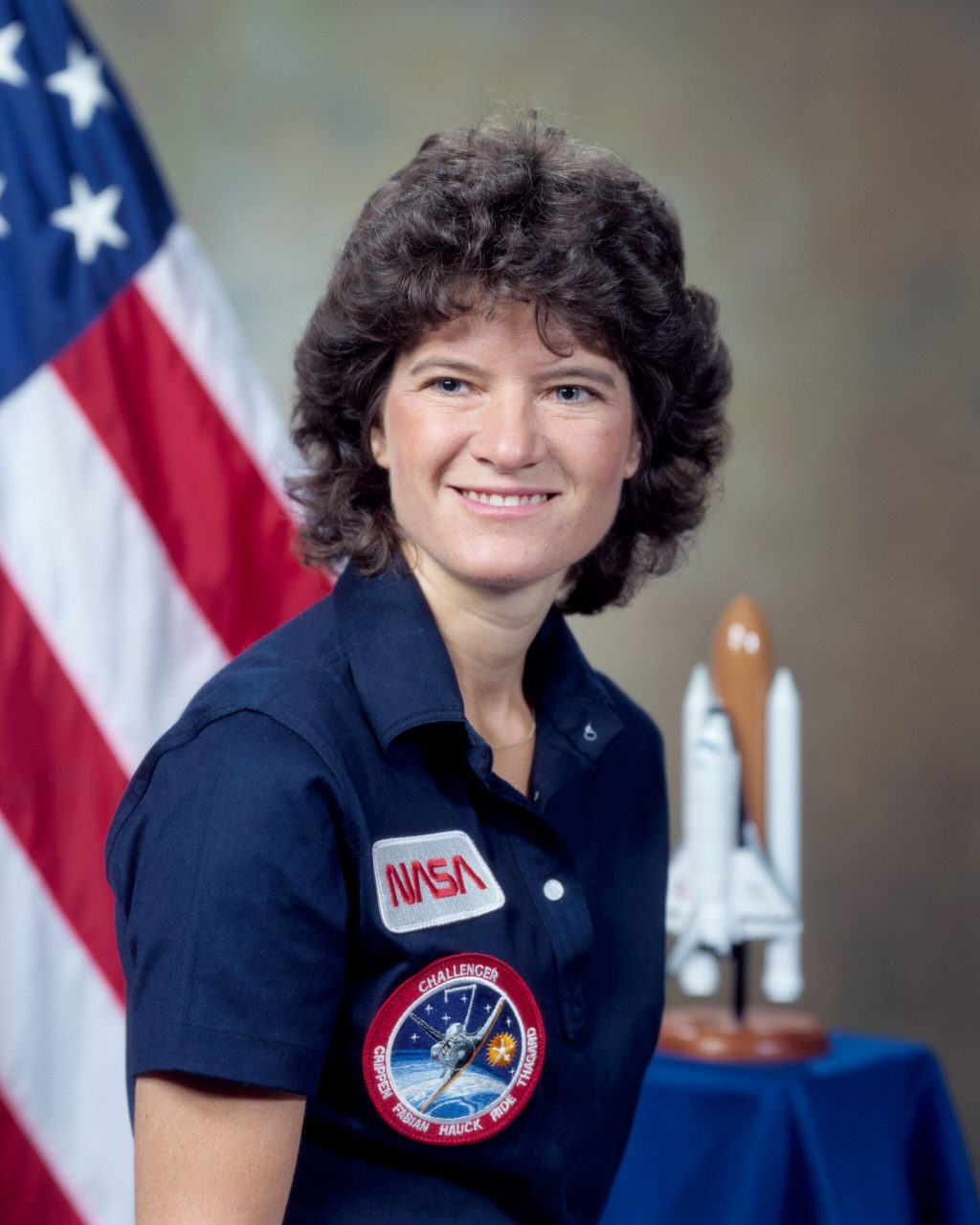
MANTEO — When Orville Wright was born 150 years ago, the only successful fliers in the world were insects and birds.
Now we have Mars landers and precision drones. In between, we had “Warbirds.”
Supporter Spotlight
In honor of National Aviation Day Aug. 19, which was also Orville’s birthday in 1871, the public can purchase rides on one of the famous World War II aircraft, the Avenger Doris Mae. The event at Dare County Regional Airport is part of the nonprofit First Flight Society’s daylong celebration of the Wright brothers’ feat and the history of aviation.
It’s the third year that the event has been held at the airport, rather than Wright Brothers National Memorial in Kill Devil Hills, although last year’s event was minimal because of the pandemic strictures, said First Flight Society President Mike Fonseca.

The event, which is free of charge and set for 10 a.m.- 4 p.m. Thursday, will feature airplane displays, exhibitors and educational information about aviation. There will also be food trucks onsite.
It’s a family-friendly event, and aviators are welcome to attend with their favorite form of transportation.
“We encourage anybody who wants to fly in to come,” Fonseca said.
Supporter Spotlight
Besides Orville Wright, the star of the day will be the Doris Mae, technically known as the TBM-3E Avenger. The Grumman-designed aircraft was built in 1945, according to the Capital Wing website. Citing National Museum of the Marine Corps research, the site said that TBM-3Es served during the war in many Marine Torpedo Bombing Squadron units in the Pacific.
On Aug. 19 and Aug 20, the Capital Wing, affiliated with the Commemorative Air Force, offers ticketed customers rides in the turret or cockpit seats of the Doris Mae — although morning rides were already sold out before the event.
“A warbird flight experience is a time machine that virtual reality can’t replicate,” according to the website. “You’re sitting in the exact same seats as the 20-year-olds who were doing it for real in WWII.”

But even if aviation enthusiasts can’t take a spin in what the Capital Wing boasted is the “largest, heaviest single engine bomber of WWII,” there will be two warbirds on display at the airport.
Chartered in 1961, the Commemorative Air Force, or CAF, was launched after a group of aviation hobbyists realized that no one, including the U.S. military, was attempting to preserve any of the 300,000 World War II-era aircraft, according to its website. Today, the Dallas-based organization has about 13,000 members and about 175 restored or preserved aircraft in its fleet. The nonprofit claims to have the largest collection of flying World War II warbirds in the world.
The aircraft are showcased at various airshows and events throughout the United States. The all-volunteer Capital Wing, based in Culpepper, Virginia, flies four warbirds, including the Doris Mae, throughout the mid-Atlantic region.
“Our objective,” the group said, “is to keep these vintage aircraft flying to meet the CAF mission: Educate the public on the history of World War II aircraft, inspire future generations and honor the thousands of men and women who built, serviced and flew these magnificent airplanes.”
Fonseca, society president, said that although he is not a pilot, he caught the aviation bug as a young boy when flying with his father, who “worked so he could fly.” For that reason, he said he appreciates how exciting it will be to other aviation-obsessed folk to actually see, and maybe even ride in, a vintage warbird at the Dare airport.
“These actually flew in World War II,” he said with admiration. “They’re actually restored and in flying condition.”
Created in 1927 to commemorate the Wright brothers’ accomplishment of flying the first manned, powered flight on Dec. 17, 1903, at Kill Devil Hills, the society started out as the Kill Devil Hills Memorial Association. Originally a group of 46 mostly Elizabeth City businessmen, the association later adopted the name Kill Devil Hills Memorial Society before deciding on its current name.
Although the effort was partly motivated by its interest in creating more access to the then-isolated Outer Banks, the group succeeded in bringing to the public the Wright’s world-altering achievement. On Dec. 17, 1928, a ceremony attended by thousands was held at Kill Devil Hills to mark the 25th anniversary of the first flight, with the cornerstone laid for the future Wright Monument. The association had organized a program with more than 200 participants, including Orville Wright and Amelia Earhart.
Wright Brothers National Memorial, where the monument is located, opened in 1933, a year after the monument was officially dedicated.
Ever since 1928, the First Flight Society has been in charge of the annual Dec. 17 event, including the much-anticipated flyover of various — and varying numbers — of aircraft over the monument. During the years leading up to the First Flight Centennial event at the park in 2003, onlookers were dazzled by the most famous of American aircraft, such as the B-1 bomber, vintage aircraft from different wars and top fighter jets flying in formation. Air Force One flew over one year, tipping its wings as it cruised past the monument. Although the air shows more recently feature Coast Guard helicopters and maybe a couple of jets, people still appreciate the flyover, which always happens at the end of the ceremony.
This year, Fonseca, the society president, said that late astronaut Sally Ride, the first American woman in space, will be inducted into the Paul E. Garber Shrine. The shrine was created in 1966 to honor significant people or groups who achieved aviation firsts.

One of the two very first aviators, Orville Wright was still alive when president Franklin D. Roosevelt in 1939 proclaimed his birthday on Aug. 19 to be National Aviation Day to recognize the rapid advancements in aviation. Tragically, Wilbur Wright had died in 1912 of typhoid. Orville Wright died of a heart attack in 1948 at 77.
As cited in David McCullough’s “The Wright Brothers,” Orville had given several interviews in his later years about his views on the mayhem wrought by warbirds. Although he noted the role of air power, he philosophically compared it to the power of fire.
“No, I don’t have any regrets about my part in the invention of the airplane,” he was quoted as saying, “though no one could deplore more than I do the destruction it has caused.”







